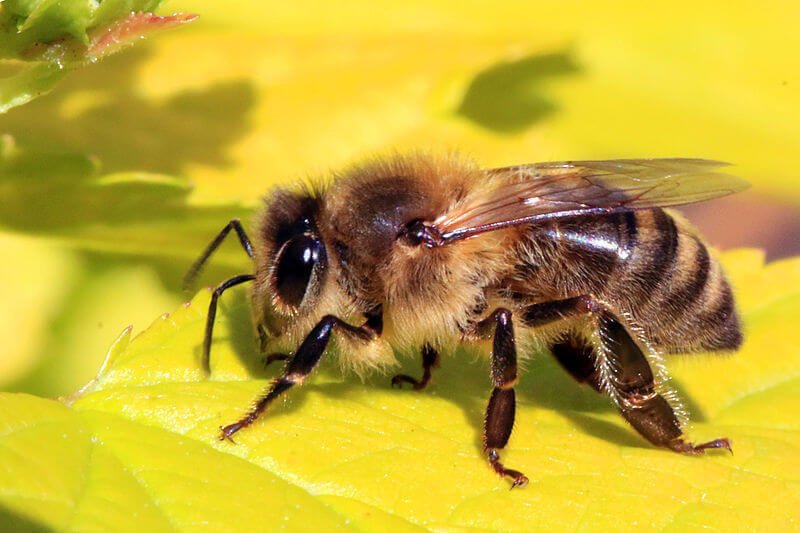On Aug. 15 …. Health Canada held a news conference to explain why it was banning neonicotinoid insecticides ….
Health Canada’s Pest Management Regulatory Agency proposed a three- to five-year “phase out” of two neonicotinoids: clothianidin, a Bayer product and thiamethoxam, a Syngenta insecticide.
…
The first question from the media was telling. “What took so long? We’ve heard, for years, about the effects of (these) pesticides on pollinators and other insects,” Eric Atkins of the Globe and Mail asked in a tone suggesting the federal government should have banned the insecticides years ago.
Questions like that illustrate the gap that exists between the general public’s opinion and the opinion many in the agriculture sector have about the harm caused by neonic pesticides ….
…
[H]oneybee numbers have increased in Canada over the last five years. Many entomologists and beekeepers have said that varroa mites, diseases related to mites and cold winters are a much bigger threat to bees than neonics. One compared it to a boat with 20 holes. Banning neonics would plug one hole, but there would still be 19 holes in the boat.Such arguments appear to have little influence on the conversations around neonics …. [when] media and social networking sites continue to express concerns that heighten unproven links between neonics as they are now being used and bee deaths.
Read full, original article: Public pressure weighs on proposal to ban neonics































